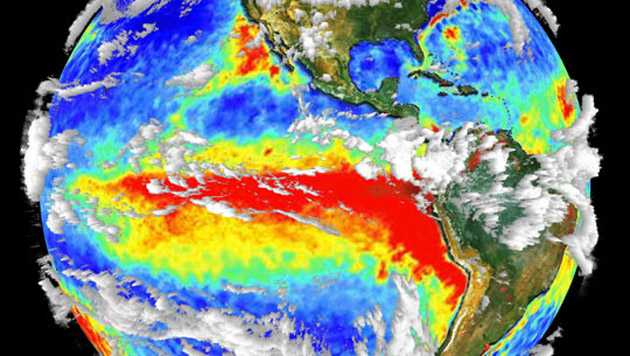The El Niño–Southern Oscillation (ENSO) is neutral. However, sea surface temperatures (SSTs) have cooled in the central to eastern tropical Pacific since mid-winter. These SSTs are currently cooler than average but within the neutral range.
Waters beneath the surface are also slightly cooler than average. Other indicators of ENSO, such as the Southern Oscillation Index (SOI) and trade winds, also remain at neutral levels.
All international climate models surveyed by the Bureau suggest further cooling of the tropical Pacific Ocean is likely.
Five of the eight models suggest SSTs will cool to La Niña thresholds by December 2017, but only four maintain these values for long enough to be classified as a La Niña event.
While unusual, it is not unheard of to see La Niña develop this late in the year—the Bureau will keep a close watch for further, or sustained, cooling of the equatorial Pacific.
Of the late-developing La Niña events, their effect on summer rainfall has been mixed, with some leading to widespread wet conditions across eastern Australia, and others having minimal effect.
The Indian Ocean Dipole (IOD) is neutral and the model consensus suggests it will remain so.
Three of the six climate models surveyed suggest positive IOD thresholds may be reached during spring, but it may now be too late to become an event. If a positive IOD eventuated it would be short-lived, as events typically decay by December.


















